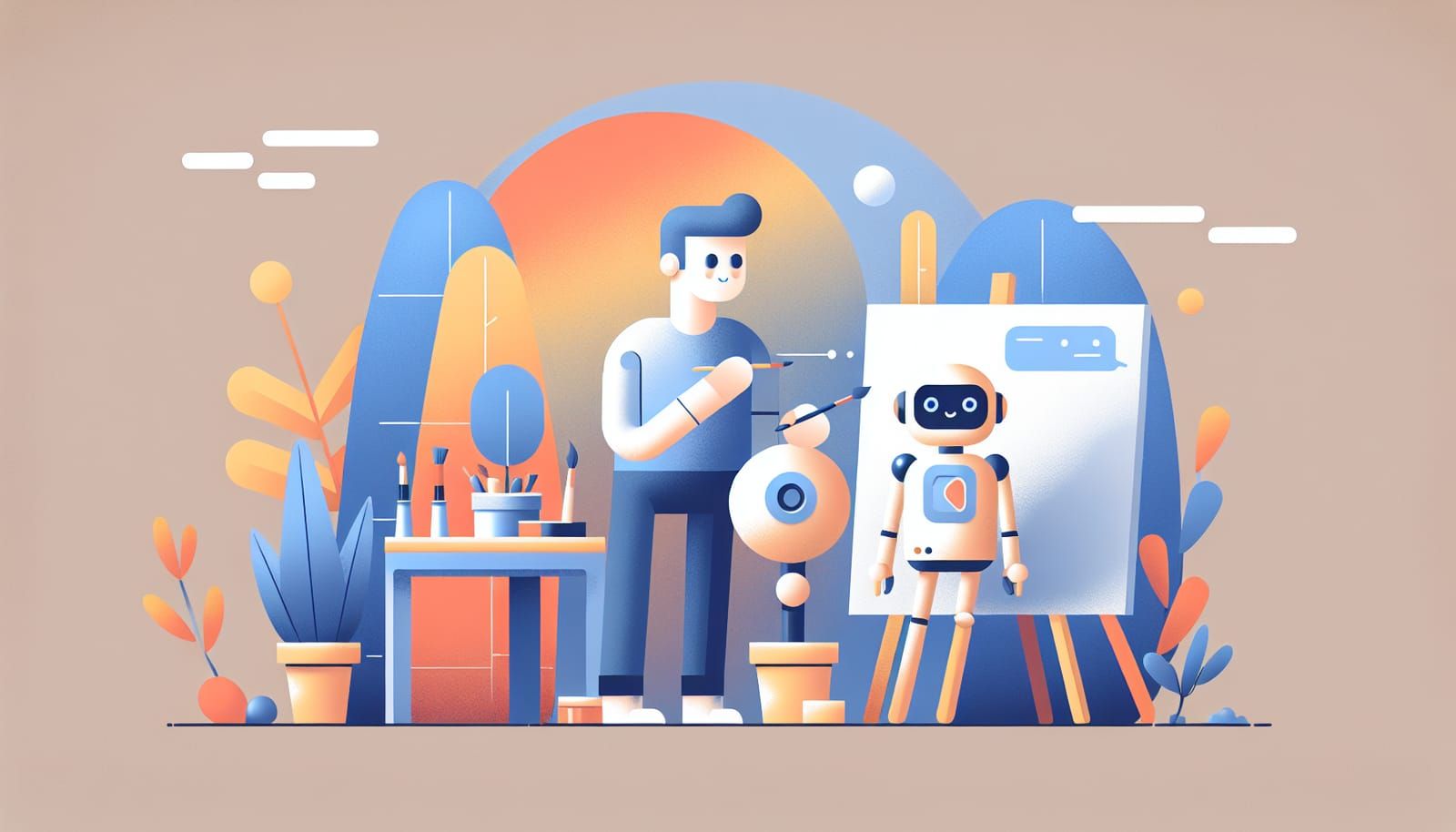Artificial Intelligence (AI) is one of the most exciting advancements of our time. From self-driving cars to virtual assistants like Siri and Alexa, AI seems to be everywhere, making life easier, faster, and more efficient. But have you ever stopped to wonder who really runs the show? While AI can perform incredible tasks, the truth is that it still needs humans more than we need it. In this article, we will explore why that is and how humans and AI can work together to create a better future.
What is AI, Anyway?
Before we dive deeper, let’s clarify what AI is. In simple terms, AI refers to the ability of machines to perform tasks that normally require human intelligence. This includes things like understanding language, recognizing images, and making decisions. AI can learn from data and improve over time, but it lacks the emotional understanding and common sense that humans possess.
Imagine AI as a super-smart calculator. It can crunch numbers and analyze data faster than any human, but it doesn’t understand the world like we do. This is where humans come in!
The Heart of AI: Data and Training
AI learns from data, which is like its food. The more data it has, the better it can perform. However, data doesn’t come from nowhere. Humans collect, clean, and organize this information. We also decide what data is relevant and what is not. For instance, if an AI is trained to recognize cats in photos, it needs thousands of cat images labeled correctly by humans to learn effectively.
This process, known as training, is crucial. Without human input, AI would be lost in a sea of information, unable to make sense of it all. Think of it this way: if AI is a student, humans are the teachers guiding them through the learning process.
Creativity: The Human Touch
AI can generate art, music, and even write stories, but it does so based on patterns and data it has learned from. It lacks true creativity and emotional depth. Humans, with our rich experiences, emotions, and imagination, can create in ways that machines cannot.
For example, a painter can express feelings through vibrant colors and brush strokes, while a musician can evoke emotions through melodies. While AI can mimic these styles, it cannot feel the emotions behind them. This is why human creativity is irreplaceable.
Ethics and Morality: A Human Responsibility
As AI continues to evolve, so do the ethical questions surrounding its use. Issues like privacy, bias, and job displacement arise. Humans must navigate these challenges to ensure that AI is developed and used responsibly. For instance, if an AI used for hiring is trained on biased data, it may perpetuate those biases in hiring decisions.
This is where human oversight is essential. We must ask questions about fairness and accountability, ensuring that AI serves everyone equally and justly. Remember, technology reflects the values of the people who create it.
Collaboration: The Future of AI and Humanity
The most exciting aspect of AI is its potential to work alongside humans. Think of AI as a helpful assistant. For example, in healthcare, AI can analyze medical data to assist doctors in diagnosing illnesses more accurately. This doesn’t replace the doctor’s expertise; rather, it enhances it.
This collaboration can lead to amazing breakthroughs. When humans and AI join forces, we can tackle complex issues like climate change, poverty, and disease. Together, we can make informed decisions that benefit society as a whole.
Limitations of AI: What It Can't Do
While AI is brilliant at processing data, it has its limitations. For example, AI cannot understand context the way humans do. If you ask an AI to write a story, it might create a coherent narrative, but it may miss the deeper themes or emotions behind the story.
Moreover, AI lacks common sense. It cannot make intuitive leaps or understand social nuances. This is why human judgment is crucial in many situations. We can think critically and adapt to new information, while AI relies on the data it has been trained on.
The Human Element: Empathy and Connection
One of the most important traits that set humans apart from AI is our ability to empathize. We can connect with others through shared experiences and emotions. This is vital in fields like education, therapy, and customer service. AI can assist in these areas, but it cannot replace the human connection that fosters trust and understanding.
For example, a teacher can inspire students through encouragement and support, while an AI tutor can provide practice questions and feedback. Both are valuable, but the human touch is what truly makes a difference in a student's life.
Looking Ahead: A Bright Future for Humans and AI
As we look to the future, it’s clear that AI will continue to play an important role in our lives. However, it’s essential to remember that AI is a tool created by humans, for humans. Our creativity, empathy, and critical thinking are irreplaceable.
To harness the full potential of AI, we must focus on collaboration. By working together, we can guide AI development towards solutions that improve our world. We can ensure that AI serves as a partner in our quest for knowledge, creativity, and progress.
Conclusion: Empowering Humanity Through AI
In summary, while AI is an incredible advancement, it is not a substitute for human intelligence, creativity, or empathy. AI still needs humans to function effectively, and together, we can achieve great things. By embracing this partnership, we can create a future where technology enhances our lives, allowing us to focus on what truly matters: our connections, our creativity, and our humanity.
As we move forward, let’s celebrate the unique qualities that make us human and recognize that, in the end, AI is here to support us—not the other way around. The future is bright, and together, we can make it even brighter!


